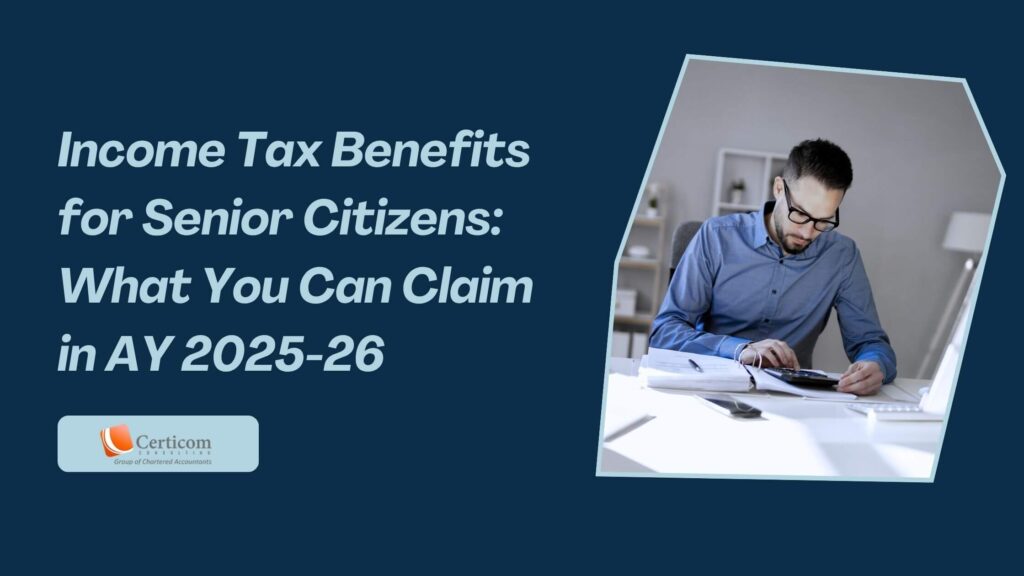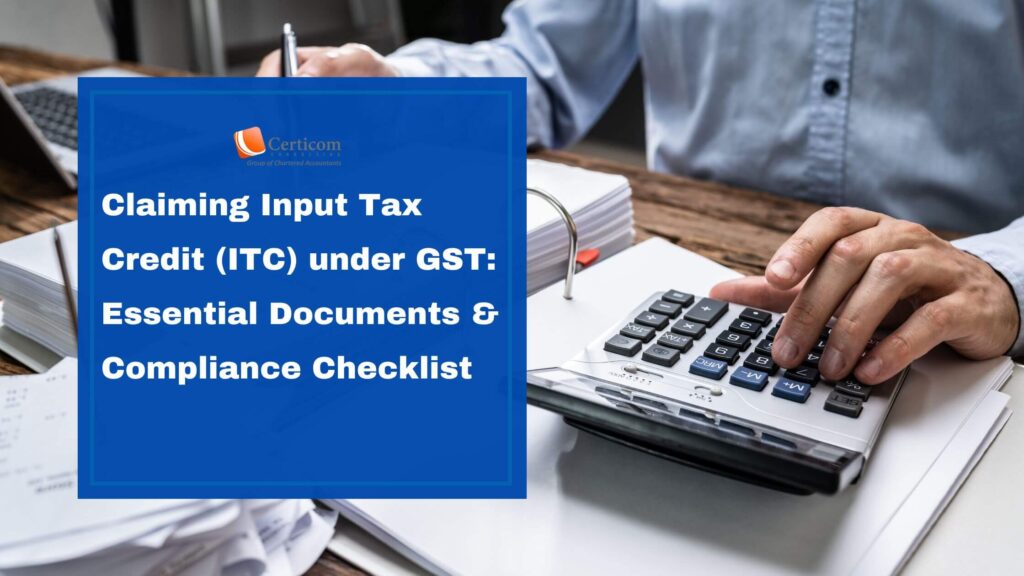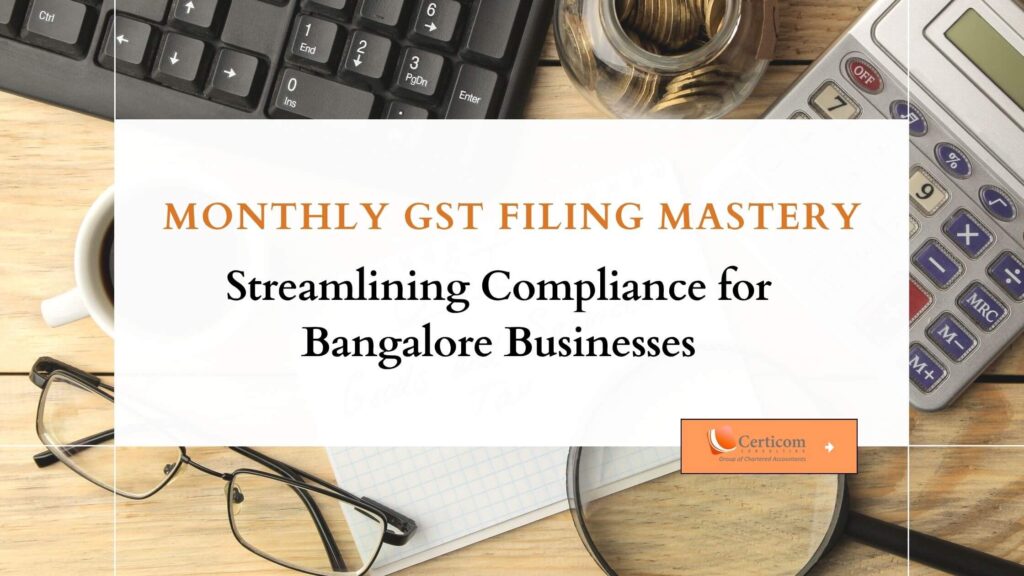Tax Regime Dilemma: Old vs New for FY 2025-26
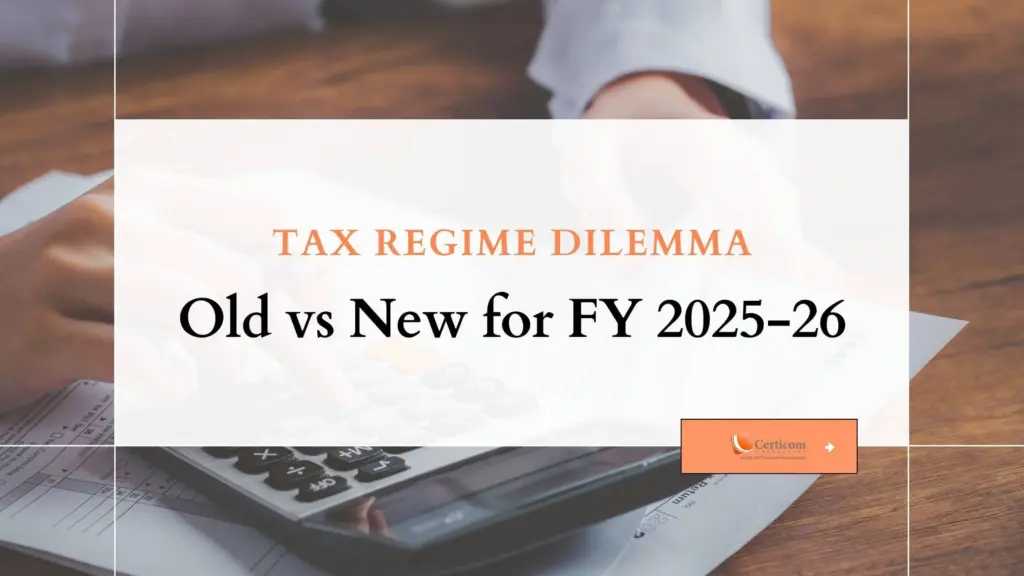
With the financial year 2025-26 underway, taxpayers face an important choice: stick with the traditional old tax regime or shift to the new simplified regime introduced with updated benefits. The old regime rewards taxpayers who actively invest in tax-saving avenues and claim exemptions such as HRA, 80C, 80D, and more. In contrast, the new regime offers lower tax rates, a higher basic exemption threshold, and a straightforward tax filing process but restricts most deductions. Selecting the optimal regime depends on your income structure, eligible deductions, and personal financial strategy. A careful evaluation can ensure maximum tax efficiency.
Introduction
Following the Union Budget 2025 announcements by Finance Minister Smt. Nirmala Sitharaman, salaried individuals are reassessing their tax planning for Assessment Year 2026-27.
The pressing question: Which tax regime should you choose—old or new—for better savings?
Understanding the Old Tax Regime
The old tax regime continues to be popular among those who maximize available deductions and exemptions. Let’s take a closer look:
Tax Slabs (Old Regime – FY 2025-26)
| Income Slab | Tax Rate (%) |
|---|---|
| Up to ₹2,50,000 | Nil |
| ₹2,50,001 – ₹5,00,000 | 5% |
| ₹5,00,001 – ₹10,00,000 | 20% |
| Above ₹10,00,000 | 30% |
Note: Individuals with a total income up to ₹5,00,000 are eligible for a rebate of ₹12,500 under Section 87A, making their net tax liability zero.
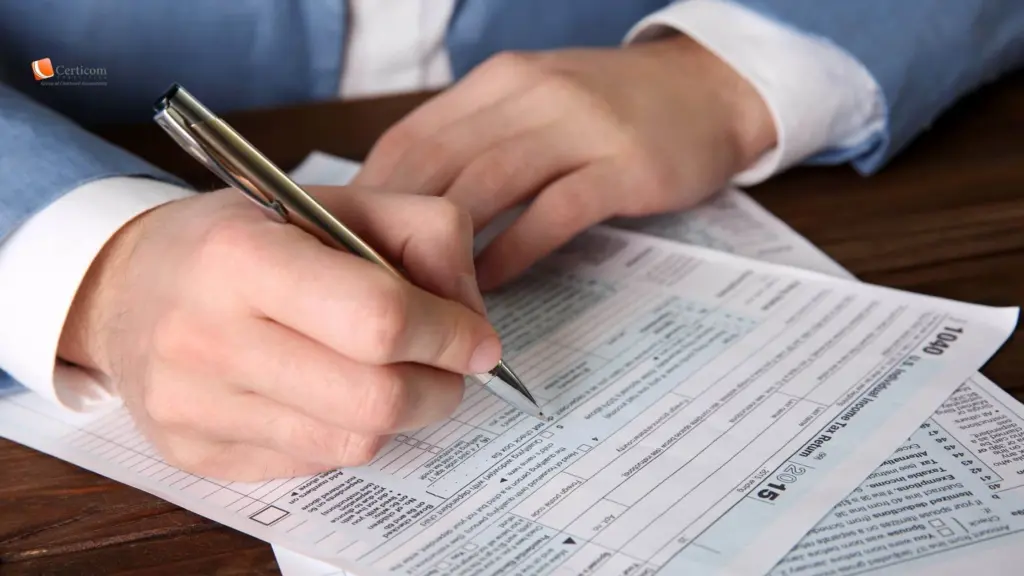
Key Deductions and Exemptions
Standard Deduction: ₹50,000 for all salaried individuals.
Professional Tax Deduction: Up to ₹2,500 per month (if paid personally).
Chapter VI-A Deductions:
Section 80C (Investments in PPF, EPF, LIC, ELSS, etc.) – up to ₹1,50,000.
Section 80D (Health insurance premium for self and family).
Section 80E (Education loan interest deduction).
Section 80TTB (Interest income for senior citizens).
Exemptions Available
House Rent Allowance (HRA)
Leave Travel Allowance (LTA)
Other Special Allowances
With over 70 deductions and exemptions, the old regime is beneficial for those who proactively plan and invest to claim maximum tax benefits.
Exploring the New Tax Regime
The new tax regime aims to simplify the tax filing process while offering lower tax rates across broader income slabs.
Tax Slabs (New Regime – FY 2025-26)
| Income Slab | Tax Rate (%) |
|---|---|
| Up to ₹4,00,000 | Nil |
| ₹4,00,001 – ₹8,00,000 | 5% |
| ₹8,00,001 – ₹12,00,000 | 10% |
| ₹12,00,001 – ₹16,00,000 | 15% |
| ₹16,00,001 – ₹20,00,000 | 20% |
| ₹20,00,001 – ₹24,00,000 | 25% |
| Above ₹24,00,000 | 30% |
Note: Individuals with a total income up to ₹12,00,000 qualify for a rebate of ₹25,000 under Section 87A, reducing their tax liability to zero.
Key Benefits and Allowances
Standard Deduction: Enhanced to ₹75,000 for salaried employees (Budget 2025).
Employer’s Contribution to NPS [80CCD(2)]: Deduction up to 20% of salary.
Agniveer Corpus Fund Contributions [80CCH(2)]: Full deduction for both employee and employer contributions.
Recruitment of New Employees [80JJAA]: 30% deduction of additional employee cost for three years (business income).
Limited Exemptions Allowed
Unlike the old regime, the new regime allows only a few specific allowances:
Daily Allowance (for duty-related expenses)
Conveyance Allowance (for official duties)
Travelling Allowance (for official tours/transfers)
Transport Allowance (for specially-abled employees)
Marginal Relief under New Regime
Marginal relief ensures that if your income slightly crosses ₹12,00,000, the additional tax payable does not significantly outweigh the additional income earned.
Example:
Income: ₹12,10,000
Tax without marginal relief: ₹61,500
Tax with marginal relief: ₹10,000
Thus, marginal relief can significantly reduce tax liability at the slab thresholds.
Inter-Head Set Off: A Key Difference
Old Regime: Permits setting off a loss from house property (up to ₹2,00,000) against other income heads.
New Regime: No set-off of house property loss allowed.
This is crucial for individuals with significant home loan interest payments.

Quick Decision Checklist: Old vs. New Regime
| Criteria | Old Regime | New Regime |
|---|---|---|
| Investing under Section 80C (PPF, LIC, ELSS, etc.)? | ✅ | ❌ |
| Paying health insurance premiums (80D)? | ✅ | ❌ |
| Receiving HRA and paying rent? | ✅ | ❌ |
| Repaying education loan (80E)? | ✅ | ❌ |
| Preferring simple tax filing? | ❌ | ✅ |
| Total deductions below ₹3,00,000? | ❌ | ✅ |
Conclusion: Which Regime Should You Opt For?
Choosing between the old and new tax regimes for FY 2025-26 depends on your individual financial situation:
Choose Old Regime if you actively invest, claim housing and education benefits, or have significant deductions.
Opt for New Regime if you seek ease, higher basic exemptions, and don’t avail many deductions.
Before finalizing your choice, simulate your tax calculations under both regimes. Evaluate your investments, exemptions, and expected tax outgo to determine which option ensures maximum tax efficiency and supports your financial planning goals.
Remember: The best regime is the one that maximizes your take-home income while aligning with your overall financial strategy!
Related Post
Claiming Input Tax Credit (ITC) under GST: Essential Documents and Compliance Checklist
Monthly GST Filing Mastery: Streamlining Compliance for Bangalore Businesses
Book A One To One Consultation Now For FREE
How can we help? *


